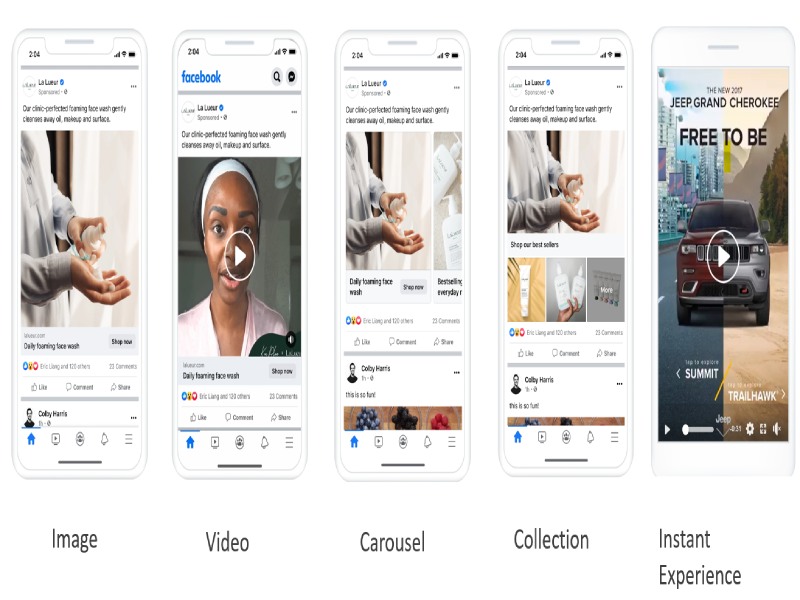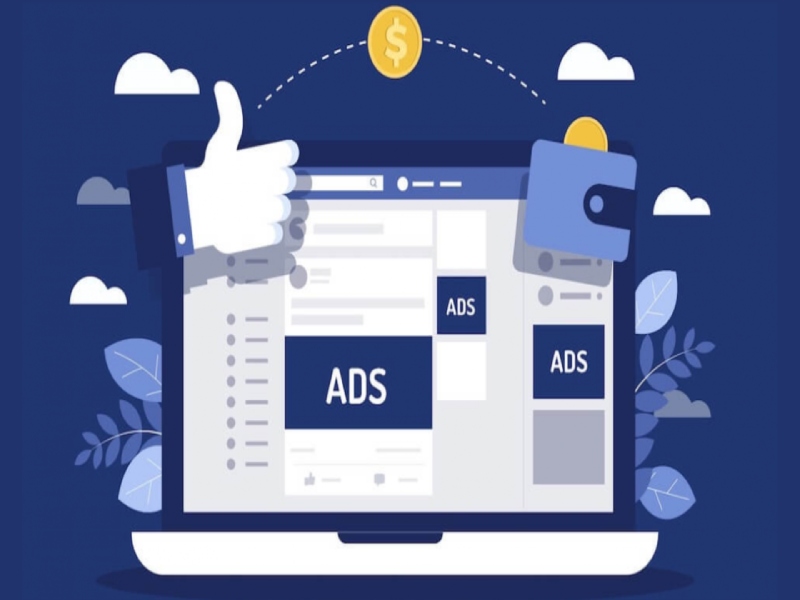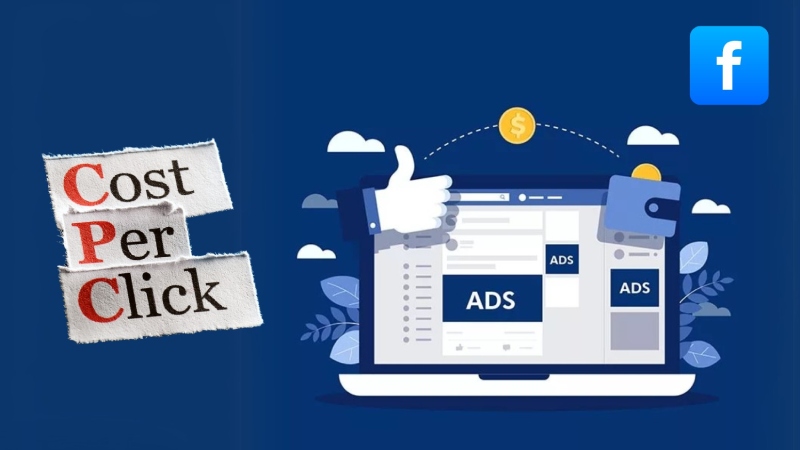Choosing the right types of bid strategy in facebook ads is crucial for campaign success. With options from automated bidding to manual controls, the choices can be overwhelming. This guide breaks down the three core strategies spend-based, goal-based, and manual helping you decide the best approach for driving traffic, conversions, or sales in 2025. Whether you’re a beginner or an expert, mastering these strategies is key to maximizing your ad performance.
| Overview of Facebook’s Auction System
Facebook uses an auction system to determine which ads are shown to users, based on the overall value of each ad. This value is calculated using three key factors: the bid amount, the estimated action rate (how likely a user is to interact with the ad), and the ad quality. Choosing the right bidding strategy is essential to optimizing your budget and maximizing the effectiveness of your campaign. |
Types of Bid Strategies on Facebook
Facebook’s advertising platform offers three primary types of bid strategy in Facebook ads: spend-based, goal-based, and manual bidding. Each serves distinct purposes, sparking debates among marketers about their effectiveness. Let’s break them down.
Spend-Based Bidding
Spend-based bidding focuses on exhausting your budget to achieve maximum results. It includes two sub-strategies:
- Highest Volume: This strategy pushes for the most results – clicks, impressions, or conversions within your budget. It’s a favorite for brands chasing rapid growth, but critics argue it sacrifices cost efficiency for sheer volume.
- Highest Value: Prioritizing high-value transactions over quantity, this approach suits e-commerce players aiming to maximize revenue. Yet, some question its viability for smaller budgets, where reach might suffer.

Goal-Based Bidding
Goal-based bidding ties your ad spend to specific outcomes, offering two options:
- Cost Per Result Goal: Here, you set a target cost per result (e.g., cost per click or conversion), and Facebook keeps your average spend in check. It’s lauded for predictability, but detractors say it can throttle reach if set too conservatively.
- ROAS Goal: Aiming for a minimum return on ad spend (ROAS), this strategy is a darling of profit-focused campaigns. However, it’s not without controversy some argue it demands precise revenue tracking, which isn’t always feasible.
Manual Bidding
For control freaks, manual bidding offers:
- Bid Cap: Set a maximum bid per result, ensuring you never overspend per action. Advocates love the cost certainty, but skeptics warn it can leave you outbid in competitive auctions.
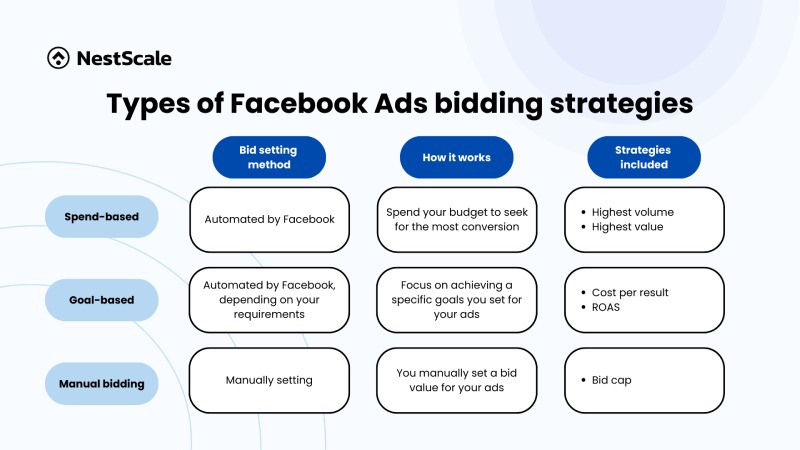
Advantages and Disadvantages of Each Strategy
|
Strategy |
Advantages |
Disadvantages |
| Highest Volume | Simple, easy setup, suits growth goals | Can lead to high costs if not monitored regularly |
| Highest Value | Optimizes for high-value deals, e-commerce focus | Not suitable for low budgets, limits accessibility |
| Cost Per Result Goal | Controls cost per result, predictable budgeting | May reduce reach if cost set too low |
| ROAS Goal | Focuses on profit, ideal with accurate data | Requires precise revenue tracking, data-dependent |
| Bid Cap | Clear cost control, manual precision | Limits competitiveness, especially in auctions |
To truly master the types of bid strategy in Facebook ads, you need to weigh their strengths against their pitfalls. Whether your goal is growth, profitability, or cost control, understanding how these strategies work will help you align your approach with your campaign objectives. Below is a detailed breakdown of the most common strategies used in Facebook’s auction system.
Highest Volume
Advantages
The Highest Volume strategy is often the go-to for advertisers who want to scale quickly. It’s straightforward to set up and doesn’t require deep analytics or fine-tuned control, making it ideal for beginners or businesses aiming for aggressive growth. Facebook’s algorithm will aim to get you the most results (clicks, conversions, views, etc.) for your budget, which is excellent for brand awareness and testing new creatives.
Disadvantages
However, the ease of setup can be a double-edged sword. If left unmonitored, this strategy can lead to inflated costs, especially in competitive niches. Since Facebook is focused on delivering volume not necessarily efficiency you may pay more per action over time, especially if your ad relevance or targeting is off. Regular campaign optimization and performance reviews are essential to avoid wasting budget.

Highest Value
Advantages
Among the types of bid strategy in Facebook ads, the Highest Value strategy is tailored for campaigns focused on maximizing the total value of conversions rather than the quantity. This makes it particularly effective for e-commerce brands or service-based businesses selling high-ticket items. Facebook optimizes delivery to audiences more likely to result in higher-value purchases, helping boost your average order value (AOV) and return on ad spend (ROAS).
Disadvantages
While it excels in maximizing conversion value, this strategy isn’t ideal for advertisers with smaller budgets. The algorithm needs significant data to identify high-value users, which can restrict accessibility and slow down performance if your account lacks purchase history. Moreover, without proper tracking and pixel setup, the campaign may struggle to optimize correctly.
Cost Per Result Goal
Advantages
This strategy allows advertisers to set a specific cost per result (e.g., cost per lead or cost per purchase), making budgeting highly predictable. It’s a favorite among performance marketers who want granular control over efficiency. Setting a cost cap can help keep spending in check and ensure each action aligns with your profit margin or acquisition target.
Disadvantages
The major trade-off is reach. If your cost per result goal is set too low, Facebook might struggle to deliver your ads consistently or find enough impressions to hit your targets. This can result in under delivery or poor performance, especially in competitive verticals or during high-demand periods like Q4. Testing and adjusting your cost goals is key to finding the sweet spot.

ROAS Goal (Return on Ad Spend)
Advantages
The ROAS (Return on Ad Spend) Goal strategy is designed for businesses focused on profitability. By setting a minimum ROAS, you direct Facebook to find users most likely to convert at the value needed to meet your return target. This is ideal for data-rich accounts with precise revenue tracking, especially those running catalog sales or dynamic product ads.
Disadvantages
The effectiveness of this strategy depends heavily on accurate data. If your pixel isn’t tracking revenue correctly, or if your attribution windows are misaligned, the algorithm may underperform. Additionally, high ROAS targets can restrict delivery, especially in the early stages of a campaign. It’s best used by advertisers with strong conversion data and established benchmarks.
Bid Cap
Advantages
Among the more manual types of bid strategy in Facebook ads, Bid Cap offers the highest level of control, letting you define the maximum amount you’re willing to pay in the auction for a result. It’s great for advertisers who need strict cost control, such as those working with tight profit margins or managing multiple campaigns at scale. When set correctly, it ensures you never pay more than your target CPA (cost per acquisition).
Disadvantages
However, this strategy requires a deep understanding of your market and campaign metrics. If your bid is too low, your ads might not be competitive enough to win auctions, leading to poor delivery and low volume. It’s a high-maintenance approach that works best when paired with rigorous testing and manual optimization.
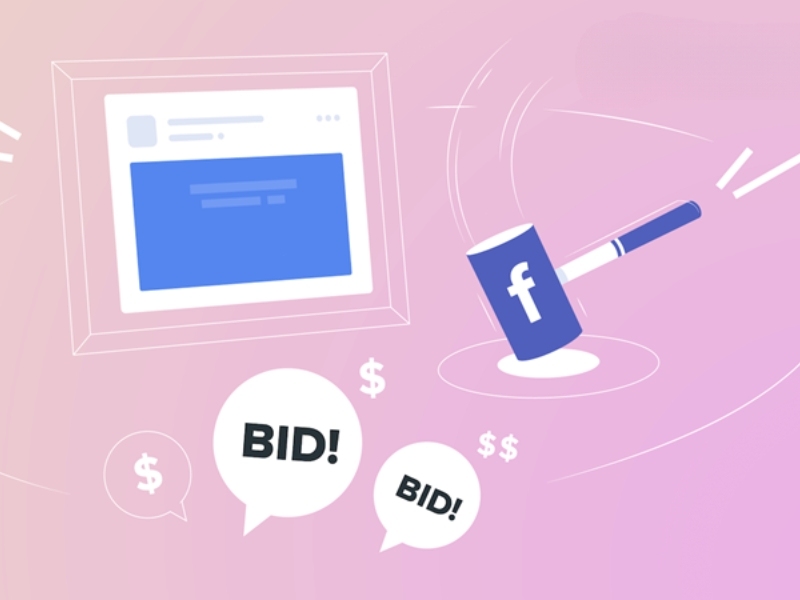
How to Choose the Right Bid Strategy
So, which bid strategy should I use on Facebook? The decision isn’t one-size-fits-all – it’s a calculated move based on these steps:
- Define Campaign Goals: Are you after traffic, conversions, or sales? Highest Volume suits visibility, while ROAS Goal targets profit.
- Evaluate Budget and Resources: Small budgets might lean toward Cost Per Result Goal, while larger ones can gamble on Highest Value.
- Analyze Target Audience: Price-sensitive audiences may need Bid Cap’s restraint, while premium buyers align with Highest Value.
- Test and Optimize: Run split tests across the types of bidding strategies, track KPIs, and tweak based on data. Experimentation is non-negotiable.
The controversy here? Some swear by gut instinct, while others demand data-driven precision. Both have merit – your approach depends on your risk tolerance.

Latest Trends in Facebook Bid Strategies (2025)
As Facebook Ads continue to evolve, understanding the latest types of bid strategy in Facebook ads is essential for advertisers aiming to stay competitive. In 2025, three major trends are reshaping how marketers approach bidding, each pushing the boundaries of efficiency, automation, and cross-channel impact.
4.1. AI-Driven Bidding: Automation vs. Control
Facebook’s machine learning algorithms are becoming more advanced, optimizing bids in real time based on user behavior, historical data, and market conditions. AI can now predict which users are most likely to convert and adjust bids dynamically to maximize results.
Supporters argue that this method enhances campaign efficiency, reduces human error, and lowers wasted spend. However, critics of this automated bidding strategy in Facebook ads warn that relying too heavily on AI can strip marketers of creative control and strategic flexibility. There’s a risk of becoming too passive, letting the algorithm dictate direction without critical oversight.
Key takeaway on trend: AI bidding is powerful, but it’s still your responsibility to guide the campaign’s direction. Strategic input and regular performance reviews remain crucial for success.
Mobile-First Bidding: The Shift in User Behavior
Over 80% of Facebook ad impressions now come from mobile devices. Facebook is now prioritizing mobile-friendly ad placements, leading advertisers to shift their bidding strategies toward mobile-first campaigns.
Advocates say this aligns with user behavior, ensuring ads appear where engagement is highest. Skeptics warn that over-prioritizing mobile could lead to missed opportunities on desktop, where higher-intent users often convert better, especially in B2B markets.
Key takeaways on the trend: A balanced approach optimizing for mobile without neglecting desktop is key for maximizing performance across all audiences.

Multi-Channel Bidding: Facebook + Instagram + WhatsApp
Cross-platform advertising is surging, with more brands combining Facebook, Instagram, and WhatsApp Ads for a unified strategy. Facebook is improving its machine-learning-based cross-platform budget allocation, helping advertisers automatically distribute spend where it’s most effective.
Supporters believe this broadens reach and enhances engagement, allowing advertisers to leverage each platform’s strengths. Critics point out that cross-channel tracking is still flawed, making it difficult to measure true ROI across platforms.
Key takeaways on the trend: Multi-channel bidding can increase reach and efficiency, but advertisers must ensure their attribution models are accurate to measure results properly.
FAQs
1.How do I choose the right bid strategy for a small budget?
For lean budgets, Cost Per Result Goal offers safety and results. But don’t sleep on testing Highest Volume if scale trumps cost.
2.Should I choose Automatic or Manual Bidding?
Automatic (e.g., ROAS Goal) leverages AI for ease, while Manual (e.g., Bid Cap) gives you the reins. The debate rages: efficiency vs. empowerment.
3. How can I optimize bid strategies for e-commerce?
ROAS Goal shines for profit-focused e-commerce, though Highest Value can steal the show for luxury goods. Test both data doesn’t lie.
4. Which strategy is best for increasing conversions?
Cost Per Result Goal is a conversion king for its precision, but Highest Volume can flood your funnel if budget allows. Which wins? It’s your call.
Conclusion
The types of bid strategy in Facebook ads spend-based, goal-based, and manual offer a toolkit as diverse as the marketers wielding it. As 2025 unfolds, trends like AI and mobile optimization will reshape the game, but they’ll also ignite debates about control and creativity.
Don’t just read about it – start testing these types of bid strategy in Facebook ads today to supercharge your campaigns. For stable accounts and expertise, visit NEMI Ads – your gateway to ad mastery!


